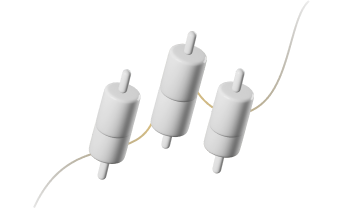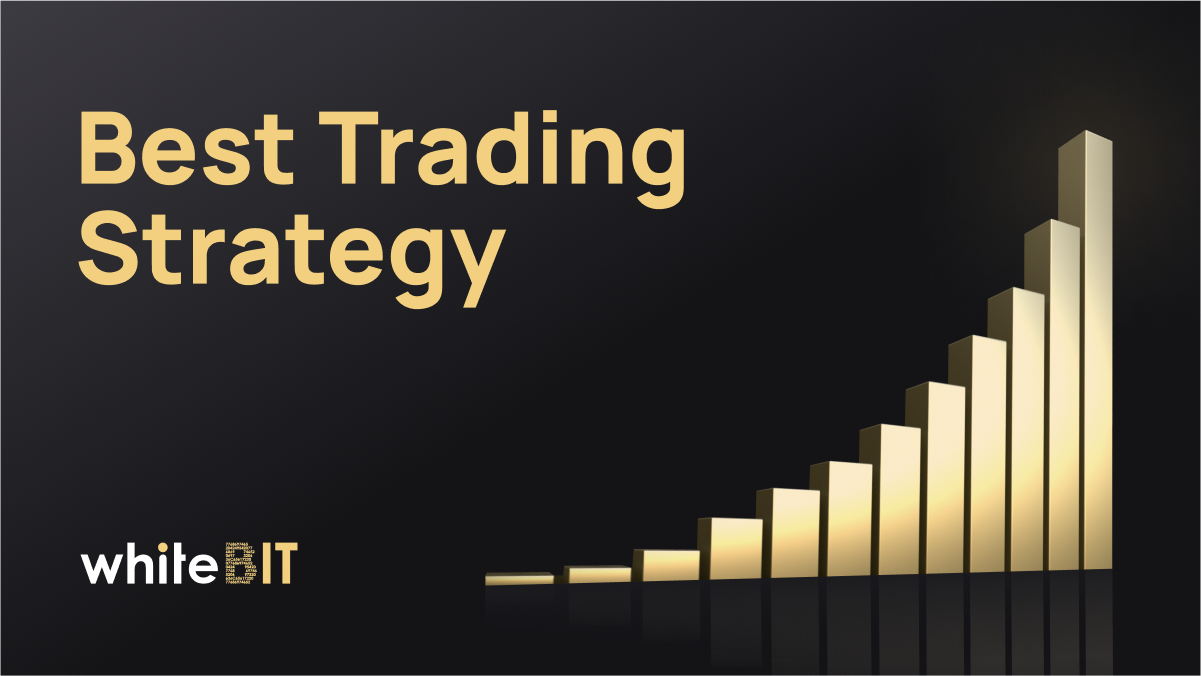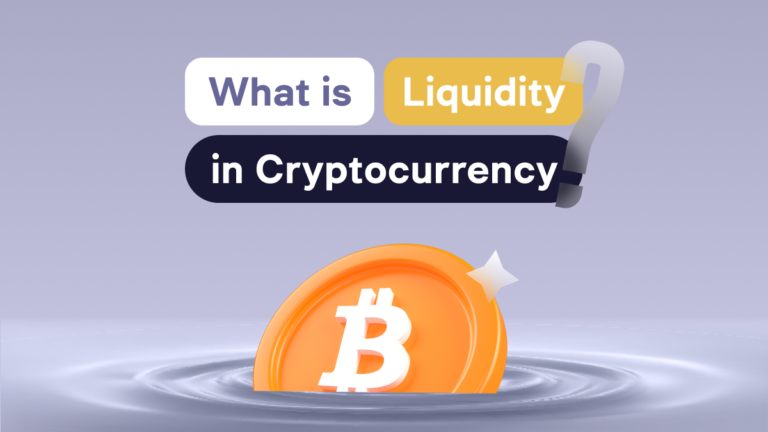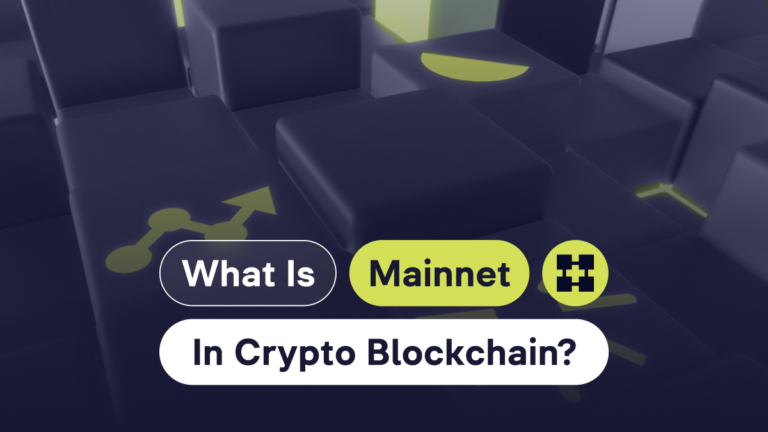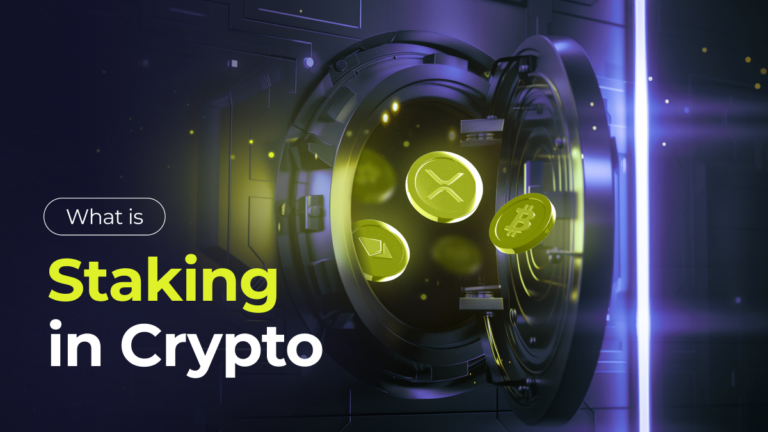Tokenomics: to buy or not to buy
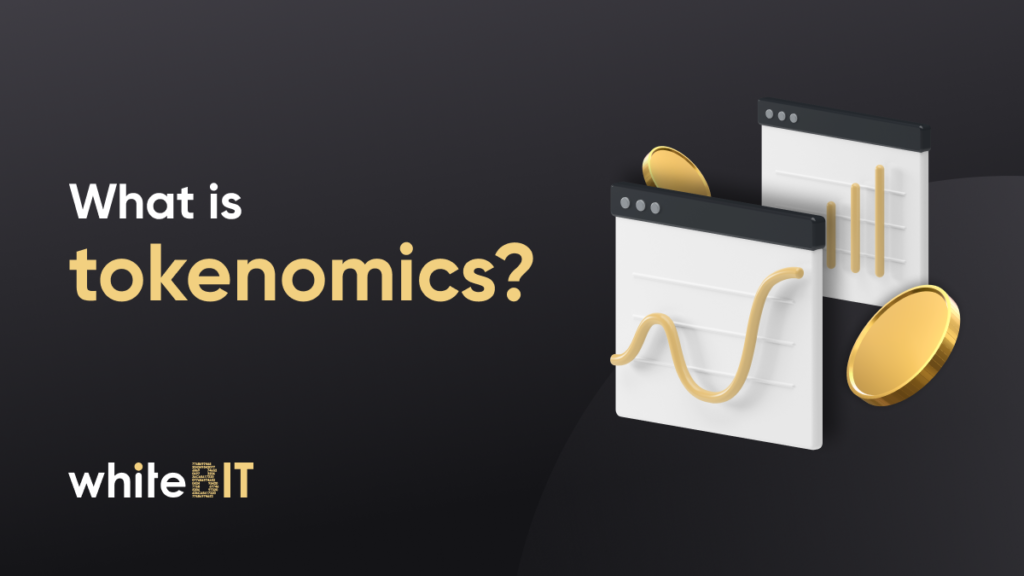
Content
Tokenomics is one of the most effective methods for analyzing cryptocurrency. In this article, we will talk about five main questions for token analysis and the documents that must be studied before investing in a crypto project.
Investing in cryptocurrency, especially when it has just entered the market, carries risks. About 80% of crypto projects can turn out to be scams at the ICO stage (according to this study).
What is tokenomics?
It is a fundamental analysis tool that gives an understanding of the practical side of a token outside its own ecosystem. This means studying the factors that can affect supply and demand, and therefore the potential for growth (or decline). It includes researching the distribution of tokens at the presale stage, liquidity pools, etc. Of course, the analysis of charts should also be carried out.
Tokenomics consists of information about the token, its creation, blockchain, utility, team, and market position. Paying attention to these points helps to assess the true value of a project.
Types and basic questions of tokenomics
Although the economy of the token was first studied back in 1972, this area of knowledge is still not very specific. Based on the basic concepts of economics and some expert research, two types of tokenomics were identified: micro- and macrotokenomics. With their help, you can analyze the project at different scales.
Please note that tokens are different from each other. Therefore, there is no single method of tokenomics to analyze them.
Micro- and macrotokenomics
Some studies define microtokenomics as the nodes of the network being stimulated to fulfill their duties. This motivation should be expressed in a decent reward for confirming blocks. Under this condition, the desire of nodes to perform fraudulent actions is minimized. Finding out whether the project provides such conditions is the task of microtokenomics.
Macrotokenomics considers a project’s susceptibility to inflation, deflation, and volatility while studying the type of token and its functions. Among other things, it is necessary to determine the liquidity of the asset, the number of coins in circulation, whether there are burnt tokens and in what quantity, the number of holders and active addresses, as well as the distribution of tokens.
The basic questions of tokenomics
1. How is the token distributed?
There are several ways to expand the network of users. For example, distributing coins through mining among validators on a free basis or to potential users at the ICO stage. Also, new projects can reward potential users for various actions to improve network performance.
2. Is the token price potentially capable of being stable?
You need to find out whether the asset has a limited emission (the number of coins issued) or not. This will help to determine if it is prone to deflation or inflation. Take a look at how the asset behaved after entering the market: determine ATH, ATL, see if the trading volume has increased.
3. Stability and consistency of transactions
The best-case scenario is when an asset is actively traded for some time. The number of holders and transactions is also worth noting. They shouldn’t occur in jumps (this can indicate some sort of foul play involved).
4. Creator rights
It’s perfect if the creator gives away the control of smart contracts or blockchain. It is usually indicated in the White Paper. Most modern projects try to give users the right to make changes and manage the development of the project on their own. The documentation should describe how token management can be “rewritten” in the event the network becomes ineffective (for example, through reaching a consensus mechanism).
5. Scalability
This is the ability of a project to “work on errors”, eliminate them, and make the project’s blockchain more efficient. For example, get rid of low speed or high cost of transactions. The adaptability of a project to changes is an important indicator that can influence the pricing of a token or altcoin.
One more thing: check the documents
The first rule before buying a cryptocurrency is to study the project documents.
- White paper
It is necessary to see how innovative a project is, its ability to bring real benefits to users, competitiveness, and real value.
All necessary links to documents can usually be found on a project’s website. But if they are not there, you can find them on Whitepaper Database and other services.
- Technical analysis of smart contract
Determines the weaknesses and vulnerabilities of the project, identifies the methods of token distribution, and the ability of the community to influence its development directly.

